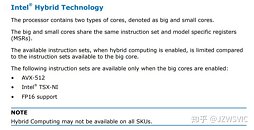
GIGABYTE Z690 AERO D Combines Function with Absolute Form
GIGABYTE's AERO line of motherboards and notebooks target creators who like to game. The company is ready with a premium motherboard based on the Intel Z690 chipset, the Z690 AERO D. This has to be the prettiest looking motherboard we've come across in a long time, and it appears to have the chops to match this beauty. The Socket LGA1700 motherboard uses large ridged-aluminium heatsinks over the chipset, M.2 NVMe slots, and a portion of the rear I/O shroud. Aluminium fin-stack heatsinks fed by heat-pipes, cool the CPU VRM. You get two PCI-Express 5.0 x16 slots (x8/x8 with both populated). As an AERO series product, the board is expected to be loaded with connectivity relevant to content creators, although the box is missing a Thunderbolt logo. We expect at least 20 Gbps USB 3.2x2 ports, and 10 GbE networking, Wi-Fi 6E.










